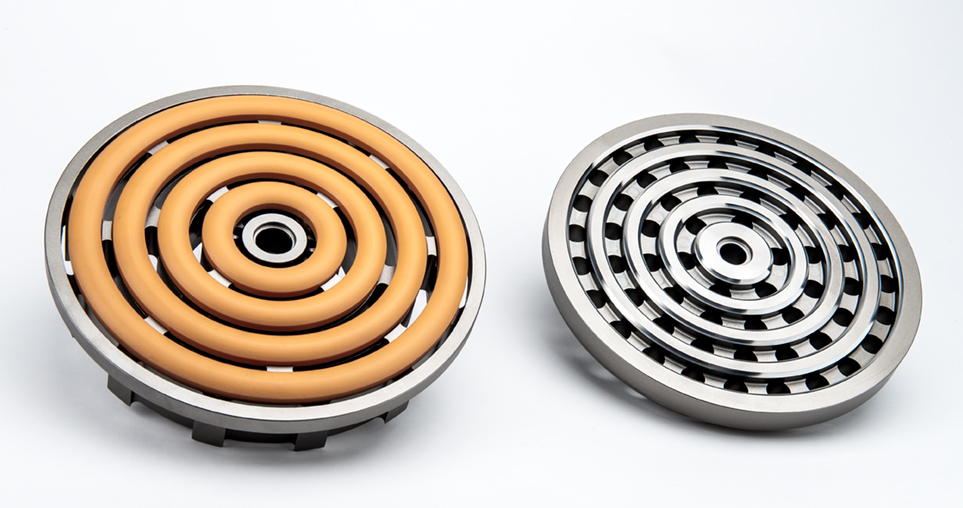Manley Valve
The Valve That Revolutionized the Industry
Since its introduction in 1972, the Manley® valve has set standards that have revolutionized the compressor valve industry.
The distinctive Manley valve design, featuring radiused thermoplastic elements, delivers reliability and efficiency improvements in a broad range of applications, including high-pressure services that conventional thermoplastic ring valves cannot withstand.
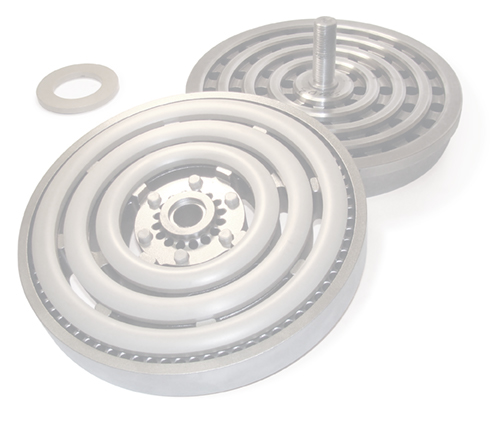
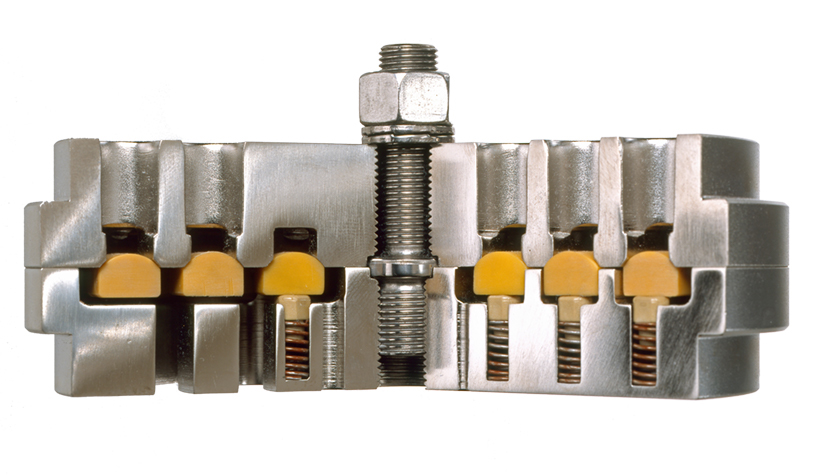
Efficient Gas Flow
The radiused, concentric discs of the Manley valve design improve the aerodynamic flow of gas through the valve. This streamlining effect is the same principle behind the rounded edges in modern automotive design and significantly reduces the energy required to force gas through the valve.
Lower energy costs often result in the valves paying for themselves in a matter of months.
Superior Damage Resistance
The Manley valve combines aerodynamic flow, thermoplastic materials, and an increased disc mass to minimize the damage inflicted by foreign debris.
Conventional flat-plate designs force gas to make two 90° turns before passing through the valve. More importantly, any foreign materials in the gas (liquids, dirt, mechanical debris, etc.) must also follow this path. At 300 rpm, these materials have less than 1/10th of a second to pass through these turns. As a result, these foreign materials often squarely strike the valve plate at full speed and result in premature failure. These same materials pass through the Manley valve with minimal impact on the radiused disc.
Any remaining impact force is further compensated for by the resilience of the thermoplastic and the thickness of the Manley discs. Many customers have proudly sent in used Manley discs which have absorbed metal debris as large as 2 to 3 mm without failure or loss of sealing. In fact, over time, Manley valve discs will actually begin to conform more closely to the valve seat due to their flexibility; Manley valves will usually seal better after one year of operation than when they were first installed.
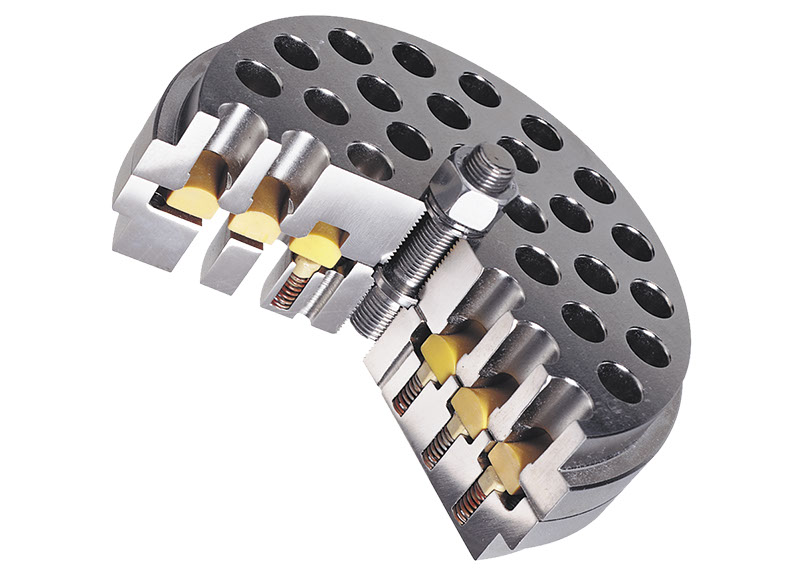
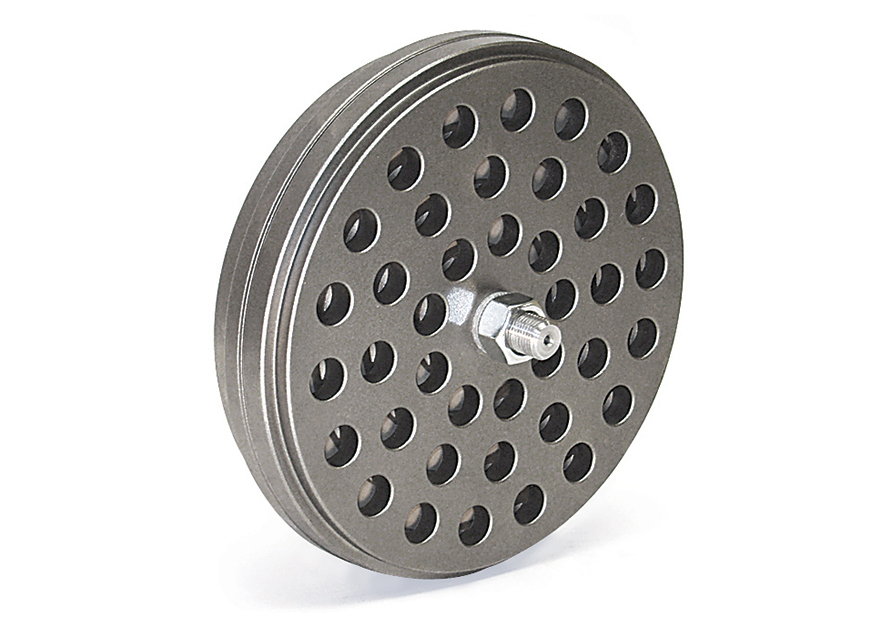
Custom Engineered
Every Manley valve is designed to exactly match the needs of your unique application. Parameters such as flow area, spring force, clearance volume, and lift area are each adjusted to the operating conditions.
Meanwhile, external dimensions are identical to existing valves, so no modification of the cylinder or restraints is necessary. For example, a 9-inch valve can have any amount of flow area, from a single disc to as many as five or six, with almost any amount of spring force.
Manley Valve Advantages
- Extreme durability in challenging applications
- Custom engineering for optimal performance
- Aerodynamic flow reduces power consumption
- Broad application range
- Compatible with finger and plug unloaders
- Genuine Manley valve replacement parts ensure peak performance
- Available as an upgrade on many new compressor packages

